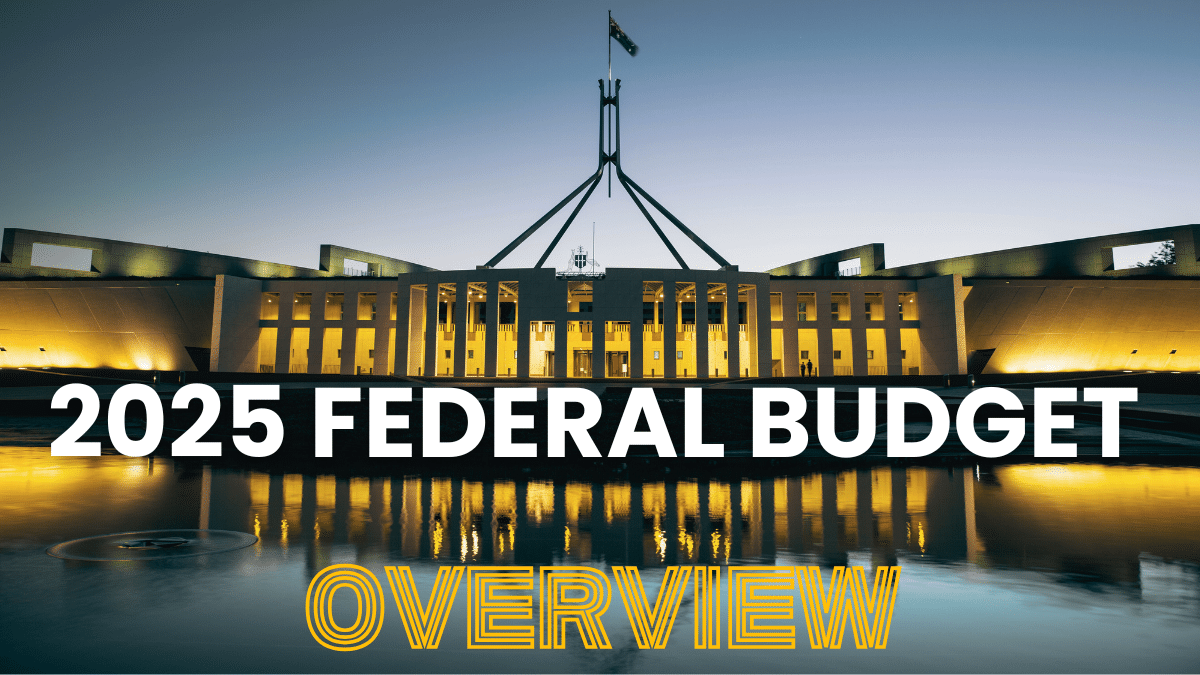Jim Chalmers delivered his fourth Federal Budget on 25th March 2025, and once again “cost-of-living measures” took centre stage. With an election just around the corner, the government will be hoping income tax cuts, energy bill relief and cheaper healthcare will win votes from Aussie battlers. The government estimates that the measures will benefit the average household by around $15,000 over 4 years.
The Treasurer’s speech contained a mix of optimism around Australia’s economy and pessimism around global uncertainty. He cheered on Australians for getting through the inflation spikes of recent years, the private sector for now driving GDP growth and the economy for ‘turning a corner’.
This is a members-only guide – but unlock 100+ guides now with a free account
Create a free SuperGuide account and get practical, independent guidance to help you make the most of your super – whatever stage you’re at



Leave a Reply
You must be logged in to post a comment.